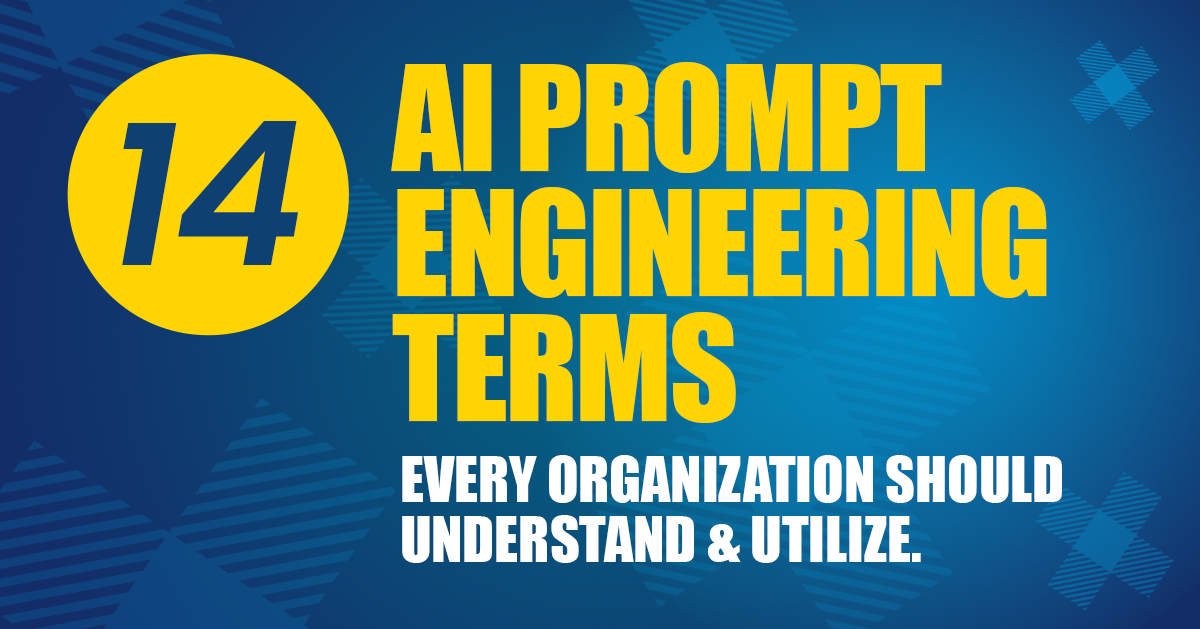From Data to Insight
![]() Process development or optimization is the practice of improving efficiency, effectiveness, and quality of business processes by making changes to them. The goal of process optimization is to eliminate waste, reduce errors, and improve productivity, all of which can lead to cost savings and better outcomes for the organization. Optimizing processes without the aid of automated tools such as process mining or task mining can be challenging due to limited visibility, time-consuming analysis, susceptibility to human error, and limited scalability. Organizations with complex workflows or large volumes of data may find manual optimization efforts overwhelming and difficult to manage. Automated tools can help organizations gain a complete understanding of their processes, identify areas for improvement, and achieve more effective and efficient process optimization.
Process development or optimization is the practice of improving efficiency, effectiveness, and quality of business processes by making changes to them. The goal of process optimization is to eliminate waste, reduce errors, and improve productivity, all of which can lead to cost savings and better outcomes for the organization. Optimizing processes without the aid of automated tools such as process mining or task mining can be challenging due to limited visibility, time-consuming analysis, susceptibility to human error, and limited scalability. Organizations with complex workflows or large volumes of data may find manual optimization efforts overwhelming and difficult to manage. Automated tools can help organizations gain a complete understanding of their processes, identify areas for improvement, and achieve more effective and efficient process optimization.
Process Mining
Process mining is a data analysis technique that involves using event logs, databases, and other sources of data to analyze and visualize business processes. The goal of process mining is to gain insight into how processes are being executed within an organization, identify inefficiencies, and find opportunities for process opportunities.
Task Mining
Task mining is a process that involves analyzing user interactions with digital systems to identify and document the steps involved in completing a specific task or process. The goal of task mining is to gain a better understanding of how work is being performed within an organization and to use the knowledge to identify areas for improvement, streamline processes, and increase efficiency.
Process Mining vs Task Mining
Although process mining and task mining both involve using data analysis to optimize business processes, they differ in their scope and focus. It is important for organizations to understand these differences to determine which approach is most suitable for their specific requirements.
Focus
Process Mining: Analyzing end-to-end process
Task Mining: Analyzing individual task
Data
Process Mining: Collect data from events, databases, and other sources
Task Mining: Collects data on user interactions with digital systems
Scope
Process Mining: Analyze large-scale processes involving multiple systems and department
Task Mining: Analyzes specific tasks or processes within a system
Goal
Process Mining: Identifies bottlenecks, inefficiencies, and areas for process improvement
Task Mining: Identifies opportunities to streamline tasks and increase productivity
Outputs
Process Mining: Provides visualizations of process flows, cycle times, and other process metrics
Task Mining: Provides detailed documentation of the steps involved in completing a task or process
Benefits
Process Mining: Improves process efficiency, reduces errors, and identifies opportunities for automation
Task Mining: Improves productivity, reduces manual effort, and identifies opportunities for process simplification
| Aspects | Process Mining | Task Mining |
|---|---|---|
| Focus | Analyzing end-to-end process | Analyzing individual task |
| Data | Collect data from events, databases, and other sources | Collects data on user interactions with digital systems. |
| Scope | Analyze large-scale processes involving multiple systems and department | Analyzes specific tasks or processes within a system |
| Goal | Identifies bottlenecks, inefficiencies, and areas for process improvement | Identifies opportunities to streamline tasks and increase productivity |
| Outputs | Provides visualizations of process flows, cycle times, and other process metrics | Provides detailed documentation of the steps involved in completing a task or process |
| Benefits | Improves process efficiency, reduces errors, and identifies opportunities for automation | Improves productivity, reduces manual effort, and identifies opportunities for process simplification |
Workforce Productivity
Streamline Process
By analyzing how employees perform tasks, task mining can identify areas where processes can be streamlined, such as removing unnecessary steps or automating repetitive tasks. This can reduce the time and effort required to complete a task, allowing employees to be more productive.
Identify Training Need
Task mining can highlight areas where employees may need additional training or support. By addressing these training needs, organizations can ensure that employees have the skills they need to perform their job effectively.
Increase Collaboration
Task mining can identify areas where collaboration between employees can be improved. By facilitating better collaboration, organizations can improve the flow of work and increase productivity.
Process Mining and Automation
Processes are not static, and there is no such thing as a perfect process; they are continually evolving and changing over time. To ensure that your processes meet your current needs and can quickly and smoothly adapt to changes in your business, process mining is essential. By using process mining, you can deliver optimized processes that are tailored to your specific needs and are adaptable to changing circumstances. This approach allows your organization to stay agile and responsive, enabling you to remain competitive in an ever-changing business environment.

Software and Tools
Process mining and task mining tools play a crucial role in the process optimization by providing organizations with the necessary technology and capabilities to collect and analyze data on employee interactions with digital systems. There are several tools available for task mining such as UiPath, Process Advisor by Microsoft, Minit, ProcessGold, and Celonis.
UiPath offers a comprehensive suite for continuous discovery that encompasses a range of tools such as Process Mining, Task Mining, and Communication Mining. The Process Mining tool analyzes data from business applications to understand end-to-end process. The Task Mining tool analyzes work people do on their desktops to find everyone repetitive task and easily document business workflow. The Communication Mining tool extracts data from business conversations such as emails and tickets to find opportunities for process analysis and automation.
Executive Summary
Process mining and task mining are two powerful techniques that can help organizations optimize their processes, improve their workforce productivity, and drive better business outcomes. These are crucial for strategic planning as they provide valuable insight into how business processes are being executed within an organization. This ensures organizations can make data-driven decisions, optimizing their operations and aligning their strategic goals.
Process mining is a data-driven approach that uses advanced analytics to discover, monitor, and improve processes across an organization. This provides insights into process performance, compliance, and inefficiencies, enabling organizations to optimize their processes and make data-driven decisions.
As per research by Gartner,
“By 2024 65% of organizations that have deployed automation technologies will introduce artificial intelligence that will includes machine learning, natural language processing algorithms, process mining, task mining, and intelligent document processing capabilities.”
“By 2024, 25% of global enterprises will have embraced process mining as a step toward autonomic business.”
By combining process mining and task mining, organizations can gain a comprehensive view of their business processes and workforce activities, enabling them to make informed decisions that drive better business outcomes. As the business environment becomes more complex and competitive, process mining and task mining are becoming essential tools for organizations looking to stay ahead of the curve and achieve sustainable growth.
The UiPath platform offers a comprehensive suite of tools for process mining and task mining and uses advanced AI and machine learning techniques, such as natural language processing and optical character recognition, to interpret and correlate data in meaningful ways. This allows organizations to quickly identify areas for improvement and make data-driven decisions that support their strategic goals.
Everest Group has named UiPath as a Leader in process mining in its report “Everest Group Peak Matrix® for Process Mining Technology Vendors 2020” (5). In addition, UiPath has been recognized by analysts for a few years as a leader in Robotic Process Automation.
UiPath is one of the very few automation providers with the capabilities to combine process mining with task mining. While process mining utilizes the event data from your enterprise applications, task mining allows organizations to see exactly the activities individual employees are executing within the process.
Download the Whitepaper PDF version >




